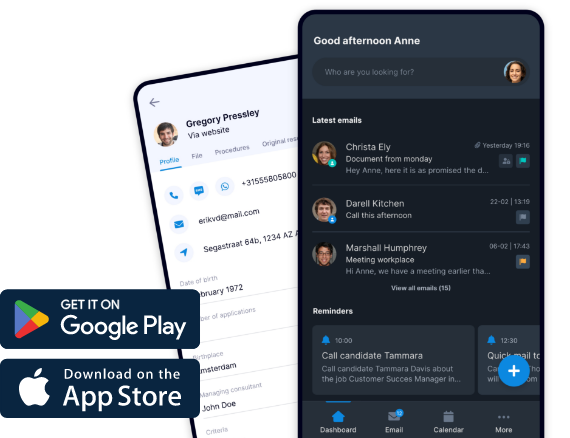We've all experienced it once. You got a bill from, let's say, your energy company that you don't quite recognize. So you think: I'll get in touch with the company. You navigate to the website, you log in, click on the customer service icon and you are presented with a chatbot: 'describe your problem in a few short sentences'. You write a short description with your question, but you always get the answer: “Sorry, I do not understand your question. Can you type it in a different way?” Well... no! Besides the bill, you are now also stuck with a feeling of frustration.
This is the exact opposite of what a chatbot is supposed to do. You want a chatbot to contribute to the candidate experience in a positive way. To quickly give the user an answer or quickly tell the applicant the status of their application. In this blog, we'll give you some tips for writing texts (conversational copywriting) for a chatbot to make your chatbot a definite hit and not a miss.
Tip 1: Give your chatbot a clear personality
A conversation with Annie is not as informative as a conversation with Lisa tends to be. And a chat with Harry is not nearly as funny as a chat with Melvin. This is exactly the same when talking to chatbots. Just like how your brand has a personality (archetype), the chatbot should also be an extension of the brand with a consistent brand voice.
Always keep this personality in mind when writing for the chatbot. You want it to have a recognizable tone-of-voice. The bot has to sound almost human. And you can only do that if you give it a personality. After all, the way you address a candidate can make all the difference between a successful job application or not.
Here you can find the definitions of all the twelve different brand archetypes, if you want a little refresher course.
